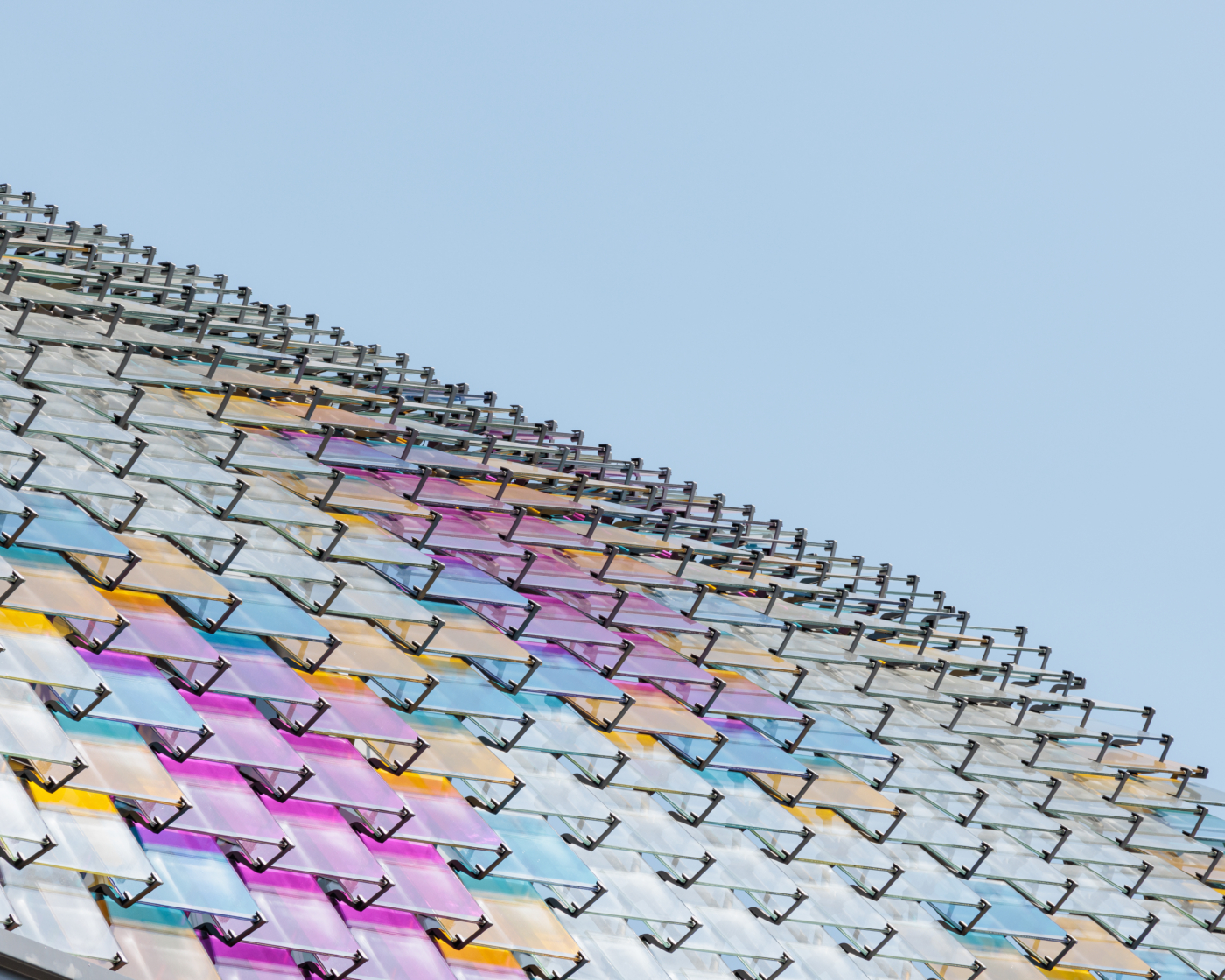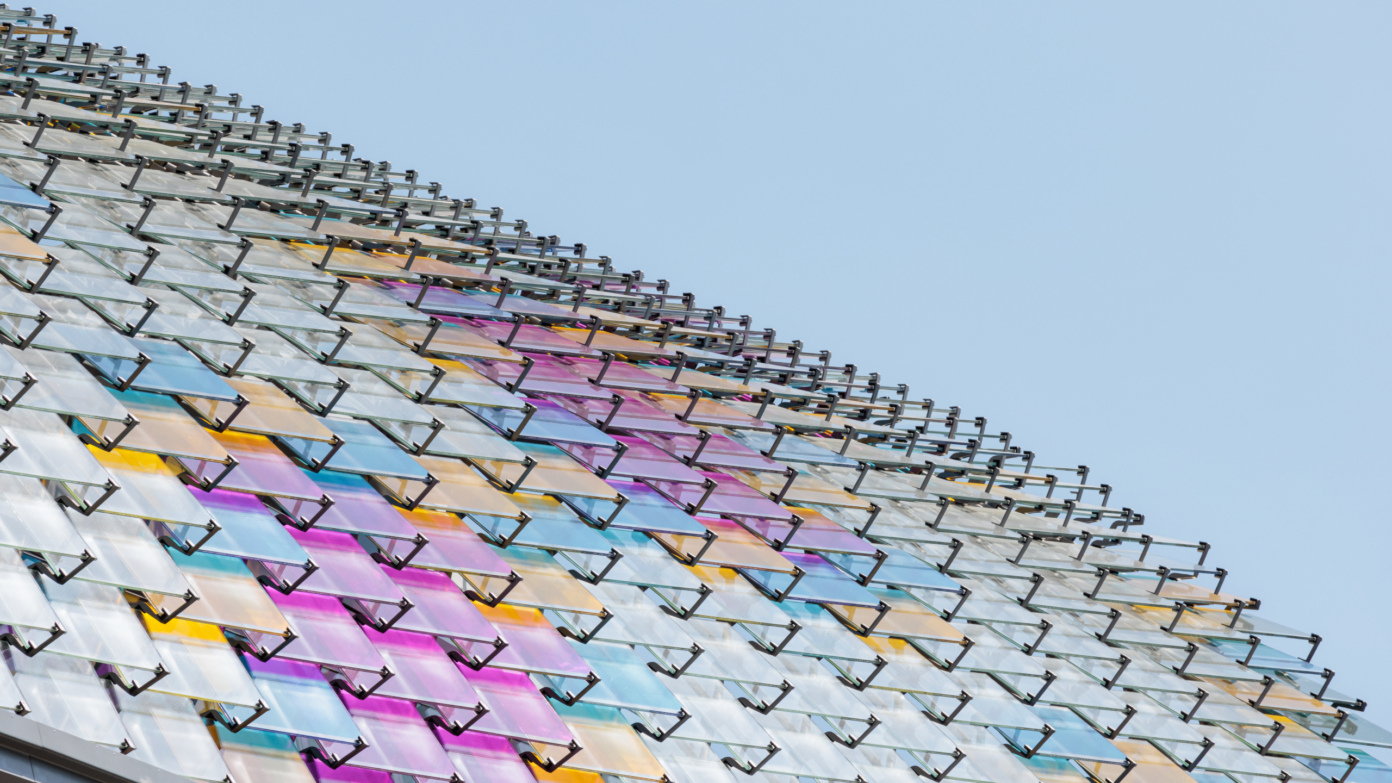Showcasing the Living

- Publish On 18 November 2017
- Laurent Le Bon
- 11 minutes
The eruption of the living into contemporary creation has profoundly upset its processes and its nature. Having become organic and autonomous, the living artwork questions on both practical and symbolic levels its exposure to the public, notably in a classical museographic context. Following in the wake of artists who have broken museographic codes like Pierre Huyghe or Philippe Parreno, conservator Laurent Le Bon puts the place of the living in the museum into perspective through the exhibitions Jardins and Dioramas, exhibitions that he curated. Left at the threshold of the institution, both as a principle, and for practical reasons of conservation, the living enters the space of the museum via the history of its representations. These exhibitions, both connected to the in situ and to the “unmovable”, on a symbolic level explore the idea of the screen, the articulation of the fake and the real, the natural and the artificial, and also the wealth of the imagination and temporal dynamics of the garden.
How to introduce the living into the Museum?
Being someone who is passionate about gardens, you curated the exhibition Jardins that took place from March to July 2017 at the Grand Palais. Paradoxically, at no point did visitors find themselves in the presence of living plant life. Would it be an aporia to transform the living into a museum?
The exhibition itself is always a relationship between a concept and a space. It is at the moment when an osmosis emerges between a position taken and a given space, that the chemical precipitate is formed. There is that lovely phrase from Orhan Pamuk, “The exhibition is the moment where time is transformed into space.” I follow in the wake of those who, similar to Pierre Huyghe or Philippe Parreno, have broken the codes of museography, moving it closer to cinema or opera.
When designing the Jardins exhibition, I would have liked to use the same principle that I used for Dada, an exhibition that I curated for the Centre Pompidou in 2005. Right from the first room there was a framework that offered a number of possibilities to access the following rooms. So there were probably as many paths through the exhibition as there were visitors, which was my way of breathing some of the spirit of Dada into it. I wanted to use a similar exhibition design process for Jardins, in reference to the labyrinth in which one becomes lost and wanders, rather than a botanical garden where one moves from label to label. Because of the structure of the Grand Palais we were obliged to follow a linear path over two floors, which prompted us to tell a story where one’s imagination is certainly opened up but where movement is restricted.

The garden by definition is alive, and so there is no room for it in the space of the museum where the temperature conditions and humidity are extremely controlled, with the main concern being the preservation of artworks. Rightly or wrongly, no-one responsible for a collection would take the risk of seeing a tiny wood-boring insect degrade an artwork worth several million dollars. On principle the museum leaves the living on its doorstep.
When entering the Grand Palais, we leave the real garden behind to move into the history of its representations, following a sequence expressed in fifteen chapters. Yet the living does indeed make a few appearances, even if it is only embodied by the visitor who walks as if in a garden. It is equally present in front of the entrance with Patrick Blanc’s L’Éclair vert, a version of his plant wall that accompanies the beginning of the visit. But the living stops in a very symbolic manner at the threshold of the exhibition and reemerges at the end, in the work of Wolfgang Laib, an artist who revolutionized our relationship with art and nature in the 1970s. While society was accelerating and in the process of becoming globalized, he made his way into fields to collect, one by one, grains of pollen in an almost zen-like practice of meditation. He then assembled them in monochrome squares with an extraordinary color-metric density. At the Grand Palais, rather than a large ochre rug, he chose to place the pollen in two small pyramids that come to close out the exhibition with a minimal garden of the living.
Nevertheless, the living is not systematically absent from the world of the museum. Plants were notably present in the numerous examples of museography in the permanent collection of the 1970s and 80s. For example, when the Centre Pompidou was being opened, Jean-Paul Pigeat, the creator of the Festival des jardins of Chaumont-sur-Loire, had the idea of using the empty terraces of the museum in a similar way to the hanging gardens of Babylon. He was indeed the first person to have imagined creating an exhibition around gardens. The Ny Carlsberg Glyptotek in Copenhagen is another example of this: the garden-greenhouse, where the impressionists dialogued with the tropical plants, with the ambition of gathering plants and collections from all over the world together in the same space.
Moving the unmovable
The concurrence of the Dioramas and Jardins exhibitions begs the question of whether the latter isn’t ultimately the diorama of a garden? Perhaps you could begin by reminding us what the term means?
We can indeed approach the Jardins exhibition as a diorama, and in a certain way the Dioramas exhibition as a large garden, even though it only presents a small amount of vegetation. It was purely accidental that I came to be curating the two exhibitions at the same time in Paris, and it is even more surprising that they both deal with the same story. They are two exhibitions that I would qualify as impossible, touching upon subjects connected to the in situ and thus the unmovable. The garden is unmovable by definition—even though there are ephemeral gardens, whose “fashionable” side is open to discussion—and the diorama itself remains difficult to move because of its original architecture. The challenge posed by these two projects was, as such, very attractive.

The concurrence of the Dioramas and Jardins exhibitions begs the question of whether the latter isn’t ultimately the diorama of a garden? Perhaps you could begin by reminding us what the term means?
We can indeed approach the Jardins exhibition as a diorama, and in a certain way the Dioramas exhibition as a large garden, even though it only presents a small amount of vegetation. It was purely accidental that I came to be curating the two exhibitions at the same time in Paris, and it is even more surprising that they both deal with the same story. They are two exhibitions that I would qualify as impossible, touching upon subjects connected to the in situ and thus the unmovable. The garden is unmovable by definition—even though there are ephemeral gardens, whose “fashionable” side is open to discussion—and the diorama itself remains difficult to move because of its original architecture. The challenge posed by these two projects was, as such, very attractive.
An heterotopia suitable for the vagabondage
For Dioramas as for Jardins, the issue was to move through the screen. Etymologically speaking, diorama means to “see through.” Summarizing this notion in a few words is a difficult exercise, as it has evolved a lot since it was invented by Louis Daguerre in 1822. A stretched canvas in the beginning, painted on both sides and slightly translucent—in such a way that the variations in light could bring it to life—little by little it was accompanied by three-dimensional elements to create a sort of visual continuity and emphasize the illusion. At the end of the nineteenth century, a new formula appeared in museums in Nordic countries, with systems for presenting characters and animals in their reconstituted original environment. Three elements make it up: a painted background, often a slightly curved canvas—the reason why we often confuse panorama and diorama; real and artificial elements—sometimes dried plants, sometimes characters made from wax or stuffed animals that make the reconstituted world more concrete; and then, in front of all of this, a display window that creates a frontal aspect and moves the diorama closer to the commercial world.
So you are operating between frontality and interiority?
This is indeed the effect being sought, in particular in the Jardins exhibition. The second phase of the exhibition, that we could qualify as post-modern, seeks to anchor the garden in the contemporary world, by cutting the large thread of History so as to open up other possibilities. Only representations of real gardens are presented, but the spectator wanders among them as if in a real garden.
Isn’t the art of the garden itself a museumization of nature, in the sense that it proposes a representation of it, an organized collection of its subjects within a closed space?
Basically, the museum, like the garden, is a place of pleasure and knowledge where body and mind wander. It is what Aragon expressed in this superb phrase: “Everything that is of the mislaid, of the vagabond in the human being, can be reduced to one word: garden.”

How do you explain the fact that the garden is so topical?
The notion of heterotopia, forged at the end of the 1960s by Michel Foucault, gives new importance to space with regard to History. Pamuk, Parreno, Huyghe, and others have revealed the manner in which these two notions are linked to the world of the exhibition. According to Foucault, the heterotopia—a prison, a cemetery, an asylum—is the place of a concrete utopia, bringing together in one space all of the imagination that we can provide. The garden, the hortus conclusus, because it is above all a limit and a threshold to be crossed, because it represents the place where everything is possible, is perhaps the oldest heterotopia. Foucault actually said: “The garden is the smallest part of the world and it is the totality of the world.” So, the garden permanently maintains this ambiguous relationship of scales. Whereas Galileo—when he discovered the rotation of the Earth around the Sun—broke down all limits to open up the notion of the infinite, Foucault overturned things and summoned Gaston Bachelard to move the focus toward space. It is undeniable, space carries a notion of imagination and this is the reason why the garden retains its fundamentally contemporary topicality.
The garden – symbol of the osmosis between Nature and Culture
What is the nature of the imagination that is carried within the garden?
Every human being can cultivate his or her own garden, as advocated by Voltaire. The garden also signifies a particular relationship with time and death that can lend itself to melancholy. But also to abandonment, as Gilles Clément communicates so well by pointing to the macroscopic and by opening up perspectives through interwoven scales.
Nevertheless, the garden has tended to become a fashionable thing whose definition is increasingly overused and abused. It is important not to confuse “square meters of more or less artificial lawn” with “ecological revolution.” Even if they bring enthusiasts together and contribute to the universe of the garden, seed parties and other garden festivals that are becoming more and more common are not representative of the passionate complexity of gardens, that seem to me capable of providing us with a different reading of the world. This is why the Jardins exhibition covers such a wide chronological spectrum, from the Renaissance—a time when “the wall was opened” and when the landscape was integrated—to today, in such a way that one arrives at the fundamental notions of primary and secondary nature.

“Primary nature” covers nature that is preserved from all human contact, while secondary nature is designed by man through agriculture and the landscape. The sixteenth century saw the emergence of the concept of a third nature as the osmosis between nature and culture, halfway between the first two. It is exciting to see to what extent these three “natures” are now indivisible. This obviously began with the presentation of America’s national parks as spaces of primitive nature rather than constructions. It was basically a question of transforming the United States into a huge garden by applying the matrix of Central Park on the scale of the whole country.
But to come back to what is carried within the garden, what better way than to use Gilles Clément’s expression, when he defines it as a “mental territory of hope.” He says poetically: “To make a garden one needs a piece of ground and eternity.” Here we can find the whole of the temporal dynamic of the garden, something that also brings us closer to the museum. The instant and eternity are in effect the two pillars of the museum, whereas the short time of the contemplation of an artwork combines the temporalities of creation and the collection of humanity’s wealth over centuries. The relationship with the curiosity cabinet also seems obvious, in particular when one considers that they both appeared at the moment that nature and culture were becoming tied to one another. If the garden has remained so fascinating to us, it is because it symbolizes spatially the moment of the dream, the place where imagination comes to chemically plunge.
The garden and the relation to time
The garden accumulates layers of time that overlap, through latin—which is still the language used in botany—and the ideas of conservation and of disappearance. The largest garden in the world, a dry garden, can be found in the Natural History Museum in Paris. And the person responsible for it is Marc Janson, co-curator of the Jardins exhibition. The Paris Herb Garden gathers together the largest collection of plants in the world: tens of millions of plants that have disappeared are inventoried there. It is a vertiginous feeling when one realizes the extent of what has disappeared but also of what is going to appear.

Nous avons la chance d’appartenir à une génération qui a découvert la grotte Chauvet, à l’origine de l’évolution de notre rapport au temps. Les fresques retrouvées sur les parois s’opposent en effet aux représentations linéaires de ce dernier. Cette grotte est parfois décrite comme le premier geste de Land Art, il y a 35 000 ans, car le choix du site aurait été déterminé par le paysage du vallon en contrebas et la structure de l’arche naturelle. Tout comme celle du jardin, l’étymologie du mot paysage est un peu étrange et mystérieuse. Certains pensent qu’il s’agit de la contraction des mots « pays » et « visage ». Giusepe Penone associe d’ailleurs la grotte à l’intérieur d’un crâne sur lequel nous projetons les images du paysage alentour et de ceux qui le composent.
On dit aussi que le paysage est ce qui reste en mémoire après avoir fermé les yeux…
C’est en effet une superbe définition car la perception du paysage, comme du jardin, est éminemment liée à la mémoire. Pensons aux travaux de Frances Yates et d’autres sur l’art et la mémoire. Penone, encore, définit le jardin comme le moment où l’on fait le premier pas, l’instant du franchissement qui ouvre un chemin. C’est ce qui marque le début de la création jardiniste – pour prendre ce mot d’Horace Walpole – qui fait le lien entre jardinier et artiste. Le jardin est polysensoriel, au point qu’il est peut-être la seule œuvre d’art véritablement synesthésique : l’odorat, la vue, l’ouïe, le goût et le toucher, puisque certains jardins ne sont faits que d’écorces. Le jardin est un monde passionnant, comme le paysage, que Michel Collot a cherché à définir à travers ce mot merveilleux : horizon. Quel est l’horizon ? Celui d’une petite parcelle de monde ou de sa totalité ? Nous resterons sur cette question d’hétérotopie.
This article was initially published in Stream 04 – The Paradoxes of the living in November 2017.








